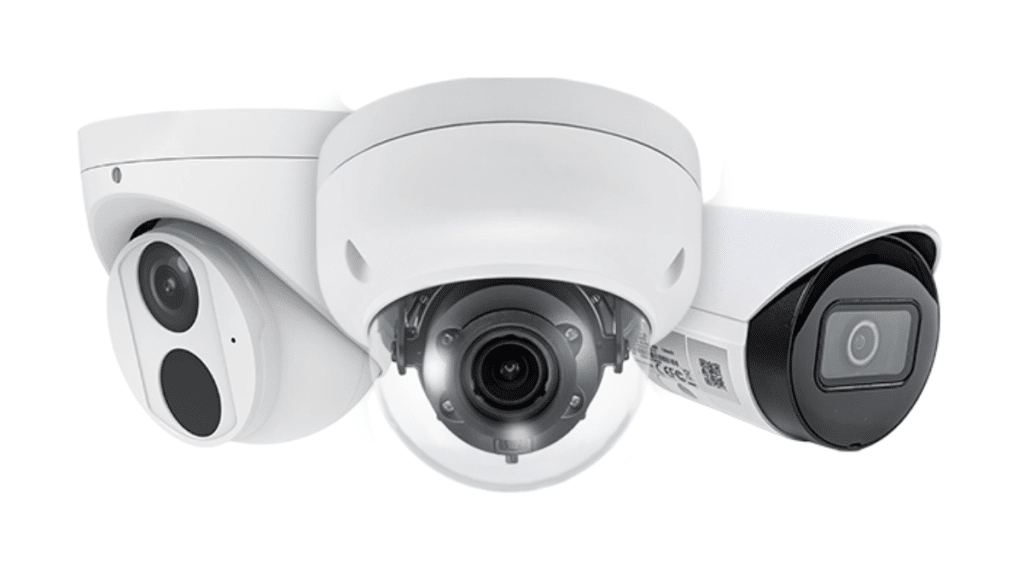Public surveillance is on the rise. From street corners and buses to train stations and shopping centres, CCTV cameras are now part of our everyday landscape. But with that increased coverage comes a growing concern: how do we protect the privacy of innocent people caught on camera? That’s where pixelation is stepping in—and quickly becoming the go-to solution for ethical and legal redaction.
Let’s dive into why pixelation is fast becoming a standard practice in handling public surveillance footage.
Pixelation Protects Privacy Without Losing Context
One of the main reasons pixelation is favoured in public footage is that it offers a balance. It hides specific details—like someone’s face or a number plate—while still showing enough of the scene to maintain its value for evidence, analysis, or reporting.
Unlike full black boxes or cropping (which can feel jarring or leave out important info), pixelation keeps the visual flow intact. Viewers can still understand what’s happening, just without identifying individuals who haven’t consented to being filmed. Know that you can easily blur videos with Secure Redact.
It’s a GDPR and FOIA-Friendly Solution
In the UK and much of Europe, GDPR has introduced strict rules around the handling of personally identifiable information (PII)—and yes, that includes faces in video footage. If a company or authority wants to share CCTV publicly or with a third party, they often need to redact any person who hasn’t given consent.
Pixelation is also handy for Freedom of Information Act (FOIA) requests, especially when sharing footage with journalists or the public. By pixelating private individuals, organisations stay compliant while still being transparent.
Advanced Tools Are Making It Easier
What used to take hours can now be done in minutes. With the rise of AI-powered redaction tools, software can automatically detect faces, track movement, and pixelate them in real time—even in busy scenes. This means councils, transport authorities, and private businesses can now redact surveillance footage at scale.
Some tools even allow for batch processing, so entire folders of footage can be pixelated with minimal manual input. For overworked teams, that’s a game changer.
It Helps Avoid Legal and Ethical Headaches
Let’s face it—nobody wants to be the next headline about a data breach. Accidentally exposing someone’s identity in surveillance footage can lead to complaints, lawsuits, and public backlash.
By using pixelation as a standard, organisations are showing that they take privacy seriously. It also builds trust with the public—especially when cameras are everywhere. A visible commitment to redacting sensitive information can ease concerns about surveillance overreach.
Pixelation Isn’t Just for Faces
While pixelation is most commonly used on faces, it’s also useful for:
- Vehicle licence plates
- Company logos or uniforms
- Children or vulnerable individuals
- Sensitive documents on screens
The more advanced the redaction software, the more customisable the pixelation—down to specific shapes, colours, and motion tracking.
How Video Blurring Software Saves You Money in the Long Run
Are you worried about the cost of video blurring software? This is a common problem that businesses have. But, the issue is that they’re not taking into account the long-term savings this can offer. Yes, it can be an investment to begin with and require some initial cash injection, as well as changing your process. However, research has found that the cost savings you can make are phenomenal. Let’s take a look at how it can save you money.
You Can Reduce Staff
Do you hire a lot of employees to deal with redacting videos and blurring images? Well, this can all change when you choose automated software. This is going to allow fewer people to work on these tasks since the software does it all for you. Not only is it accurate, but it means that only a few members of staff have to be assigned to the job. This allows you to save money by reducing your team and avoiding costly salaries.
Enjoy More Productivity
When your business is more productive and processes are running efficiently, this is going to allow you to save money. Thankfully, video blurring software is going to help you do this. Blurring footage is going to be done much faster, which means that employees are able to work on other tasks.
Avoid Costly Fines
If you fail to blur videos correctly, you’re going to face the wrath of the law. In other words, your business can receive huge fines that have the ability to affect you financially. It’s best to invest and avoid this situation. Indeed, quality video blurring software is highly accurate, which reduces the chance of making a mistake.
Conclusion: A New Normal for Video Redaction
Pixelation is no longer just a tool for tabloid TV or social media censors—it’s now a standard practice in responsible video handling. As surveillance continues to grow, so does the expectation that privacy will be protected. Whether it’s for GDPR compliance, ethical redaction, or simply good practice, pixelation offers a straightforward way to manage sensitive visuals without compromising clarity.
If you’re working with public footage—especially in a regulated or public-facing environment—getting familiar with pixelation tools isn’t just a good idea. It’s essential.

